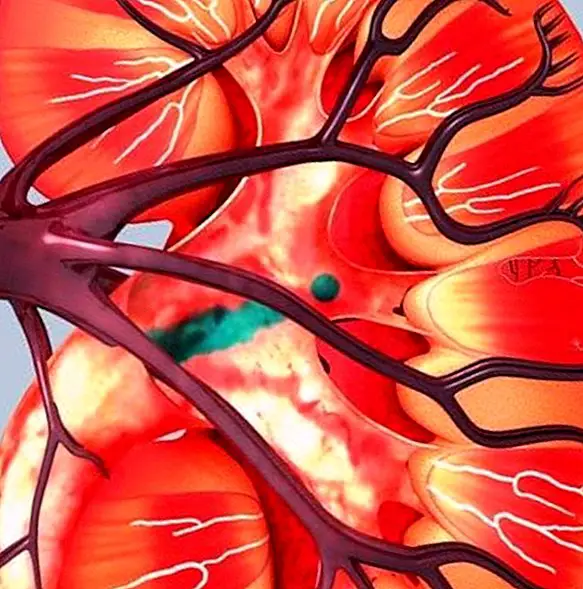Why do sores appear in the mouth? Symptoms and causes of canker sores
The Cold sores, popularly known as sores, are open sores or ulcers that appear in the mouth, yellowish or white and are surrounded by a bright red area.
Although the sores become small commonly, they can cause discomfort to the people who own them; It should be noted that they are not cancerous or transmitted by any type of sexual transmission.

Causes that cause sores in the mouth
The sores in the mouth have various causes for their appearance in a person, even to occur with viral infections and in some cases, appearing without a determinable cause away from any side effect involved by certain drugs.
- The sores can be caused by a mouth injury due to a dental fix or an aggressive dental cleaning. Over-cleaning the buccal area can cause the appearance of ulcers in it; It is a good idea to always be careful when cleaning and not exaggerate with the cleaning time.
- Bites on the tongue or on the cheek It can also be very common causes in the appearance of sores in the mouth; always have to be careful when eating, this can avoid accidental bites that end in ulcers in the oral area.
- Other factors such as emotional stress, lack of vitamins and minerals in food such as iron, folic acid or vitamin B12; They can cause the appearance of sores in the mouth. Hormonal changes can also generate them.
- The allergies, as well as certain foods also represent an origin for this condition. It is always good to consult with your allergist to check which allergies you have and if these could be the cause of the appearance of sores in the oral cavity.
Any person can have sores in the mouth, being able to appear on the inner surfaces of the cheeks and lips, the tongue, the upper surface of the mouth and the base of the gums.
Although women are more likely to contract them. Ulcers in the mouth can be hereditary.
Symptoms of sores in the mouth
The most common symptoms of ulcers or sores in the mouth have been in most cases:
- One or more red and painful patches or bumps that become an open ulcer.
- Grayish color when the ulcer is about to start healing.
- A center in the ulcer white or yellowish.
- It has a small size, usually less than one centimeter in diameter.

These symptoms are very common at the time of suffering from ulcers in the mouth, and it is not a reason to be alarmed, since they disappear as the ulcer does.
Less common symptoms in people with canker sores
Although it is very uncommon for people with canker sores to present these symptoms, the person may also have a fever, malaise, and swollen lymph nodes.
These symptoms are more unusual; It is recommended to contact a medical professional if you suffer from several of the symptoms mentioned above.
The pain usually diminishes in a period of 7 to 10 days, being able to spend up to 3 weeks for the ulcers to heal completely; the bigger the ulcer, the longer it will take to heal.

Contact a medical professional if one or more ulcers does not go away after 2 weeks of personal care or if they get worse, if you have ulcers more than 3 or 4 times a year or if the sores are accompanied by fever, headache, rash or diarrhea.
If the sores persist in your oral cavity or continue to reappear, the most advisable thing is to go with a trained person who can observe and evaluate the state of these.
Although ulcers usually disappear on their own, it is optimal to make tests and exams that make a more accurate diagnosis if they last too long, and may have other causes such as erythema multiforme, allergies to medicines, herpes infection and even lichen planus blister After having the necessary exams and tests, we proceed with the treatment of the sores. This article is published for informational purposes only. It can not and should not replace the consultation with a Physician. We advise you to consult your Trusted Doctor.


